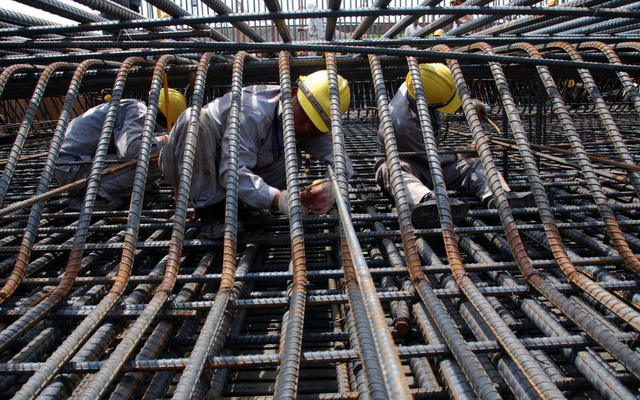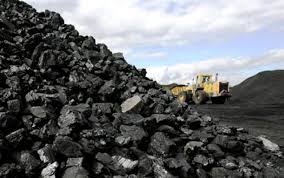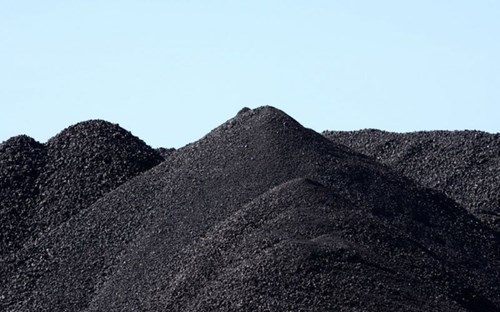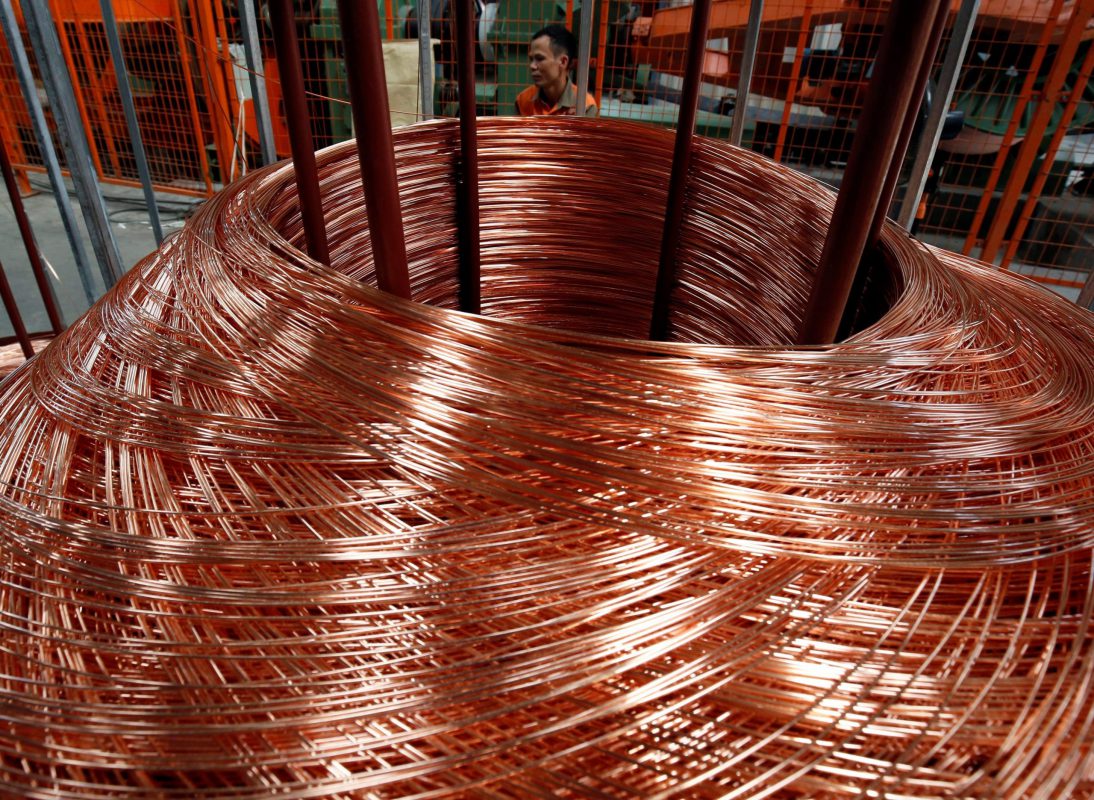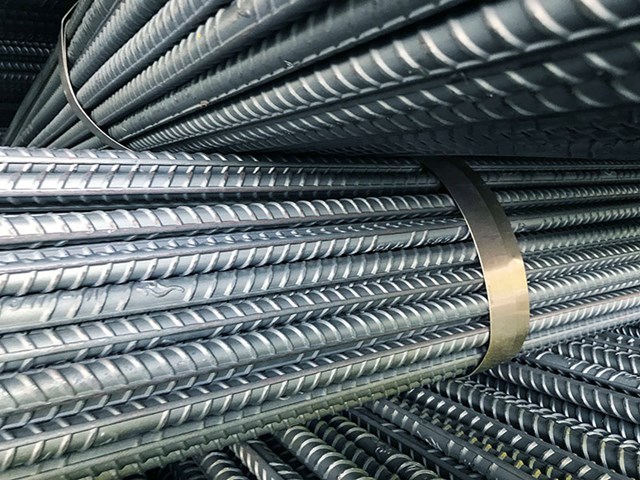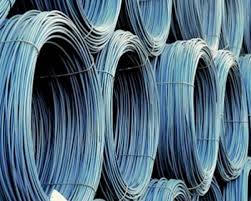China’s imports of major commodities appear to be showing signs of strong growth in August, but the increase in volume is more nuanced and illustrates the divergence between the short-term view and the longer-term fundamentals.
Imports of crude oil, natural gas and iron ore all recorded strong increases in August compared to July, while coal imports decreased month-on-month but increased strongly by 35.8% month-on-month.
Imports of unwrought copper fell to a two-year low, down 41.1% from the same month in 2020 and 7.1% from July 2021.
China is the world’s largest importer of crude oil, coal, iron ore, copper and natural gas. August trade data for commodities can offer different views on the outlook for commodities, depending on the timeframe chosen.
There could be a short-term downtrend and an uptrend in the long-term, or vice versa, and this does not necessarily imply holding opposing views.
China is the world’s largest importer of crude oil, coal, iron ore, copper and natural gas.
Copper is a prime example of this. China’s unwrought copper imports were 394,017 tonnes in August, down for the fifth consecutive month and the lowest since June 2019.
Those numbers are obviously weak, but they also need to be put into context.
There is some evidence that China’s strong economic recovery from the Covid-19 pandemic has lost some momentum, and that this will dampen growth in demand for copper, a key component of the economy. in construction and manufacturing.
But there are other factors driving soft imports, namely strategic reserve sales as Beijing acts on the view that London-traded copper’s rise to a record high earlier this year is unproven. by basic principles.
It appears that China has sold just enough of its copper reserves in the three auctions held so far to reduce import demand, and also catch up with the recovery. Copper prices in London traded on May 10 reached a record high of 10,747 USD/ton, before sliding 13.9% to USD 9,747.
In the short term, China’s copper imports are likely to continue to decline, given the economy and the possibility of ongoing strategic reserve auctions.
But in the longer term, China will likely require increasing amounts of copper to push ahead with its ambitious renewable energy goals, shift vehicle production to electric power, and build more new homes in cities around the world. city.
As a result, China’s current softness in copper imports is likely to be reversed at some point in the future, possibly when Beijing stops intervening in the market, or ramps up stimulus spending. appropriate to ensure growth objectives are met.
COAL PRICE CONTINUOUS
Coal is in opposition to copper in some ways, with recent import strength likely to decline in the long-term, even if there is a chance of a rebound in the coming months into the coming winter.
China’s coal imports in August were 28.05 million tons, down from 30.18 million in July 2021.
Although there was a drop in volume in August, it is worth noting that July and August were the two strongest coal import months this year and they have now increased for three consecutive months.
But the strong results are the result of short-term factors, including limited domestic production due to mine closures for safety checks and strong electricity demand amid hotter-than-normal summers and production. less hydroelectricity.
It is more than likely that domestic production will recover in the coming months, but it remains uncertain whether it will do so enough to lead to a drop in imports, especially if electricity demand remains stable during the peak season. winter.
However, in the coming months, the outlook for China’s coal imports is starting to look less favourable, as Beijing plans to use more domestic coal and increasingly shift electricity production and home heating. to cleaner forms of energy.
Iron ore imports also increased sharply in August, up the first month in 5 months to 97.49 million tons. However, these gains are more likely related to the easing of supply constraints, given the previous weather-related disruptions and Covid-19-related problems in Brazil.
As for iron ore, key to the outlook is how determined Beijing is to have annual steel output capped at a record 1.065 billion tonnes by 2020.
Steel output fell 7.6% month-on-month in July 2021 to 86.79 million tonnes, but will have to fall further for the rest of the year to stay below the levels achieved in 2020.
Source: VITIC/Reuters
T&G International Joint Stock Company
Address: 352 Hue Street, Le Dai Hanh Ward, Hai Ba Trung District, Hanoi
Hotline: 0345786803
Email: hrm@tginterjsc.com
Website: http://tginternationaljsc.com




